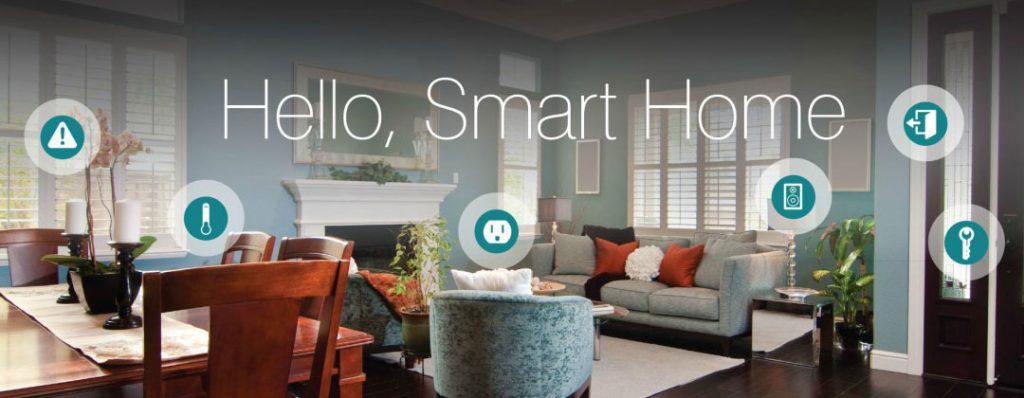Smart Home Automation, Smart Home Devices, Smart Home Technology, Z-Wave, ZigBee
Why Smart Home Technology
Why Smart Home Technology…its simply the way of the Future!
So Why Smart Home Technology. It is a technology that has been around for a lot longer than people think and has a long and fitful history. For many years, tech trends have come and gone, but one of the first companies to find success is still around in the smart home arena.
The genesis of many smart home products was 1975, when a company in Scotland developed X10 which allowed compatible products to talk to each other over the already existing electrical wires of a home. All the appliances and devices are receivers, and the means of controlling the system, such as remote controls or keypads, are transmitters. If you want to turn off a lamp in another room, the transmitter will issue a message in numerical code that includes the following:
- An alert to the system that it’s issuing a command,
- An identifying unit number for the device that should receive the command and
- A code that contains the actual command, such as “turn off.”
All of this is designed to happen in less than a second, but X10 does have some limitations. Communicating over electrical lines is not always reliable because the lines get “noisy” from powering other devices. An X10 device could interpret electronic interference as a command and react, or it might not receive the command at all.
While X10 devices are still around, other technologies have emerged to compete for your home networking dollar. Instead of going through the power lines, many new systems use radio waves to communicate. That’s how Bluetooth, WiFi and cell phone signals operate.
Two of the most prominent radio networks in home automation are ZigBee and Z-Wave. Both of these technologies are mesh networks, meaning there’s more than one way for the message to get to its destination.
Z-Wave uses a Source Routing Algorithm to determine the fastest route for messages. Each Z-Wave device is embedded with a code, and when the device is plugged into the system, the network controller recognises the code, determines its location and adds it to the network. When a command comes through, the controller uses the algorithm to determine how the message should be sent.
Given this routing can take up a lot of memory on a network, Z-Wave has developed a hierarchy between devices: Some controllers initiate messages, and some are “slaves,” which means they can only carry and respond to messages.
ZigBee’s name illustrates the mesh networking concept because messages from the transmitter zigzag like bees, looking for the best path to the receiver. While Z-Wave uses a proprietary technology for operating its system, ZigBee’s platform is based on the standard set by the Institute for Electrical and Electronics Engineers (IEEE) for wireless personal networks. This means any company can build a ZigBee-compatible product without paying licensing fees for the technology behind it, which may eventually give ZigBee an advantage in the marketplace. Like Z-Wave, ZigBee has fully functional devices (or those that route the message) and reduced function devices (or those that don’t).
Using a wireless network provides more flexibility for placing devices. Securifi offers a way for your home network to communicate over both electrical wires and radio waves, making it a dual-mesh network. If the message isn’t getting through on one platform, it will try the other. Instead of routing the message, a Securifi device will broadcast the message, and all devices pick up the message and broadcast it until the command is performed. The devices act like peers, as opposed to one serving as an instigator and another as a receptor. This means that the more Securifi devices that are installed on a network, the stronger the message will be.
From all of us at Smart Home Direct we hope you have enjoyed this article and we would like to remind you to sign up via our home page to receive our latest content too, not only will you be informed with a round-up of news, but you’ll also get 5% off your first order with us.
Stayed tuned to the series as our next blog will a take a look at the products you’ll need to get your smart home running.

